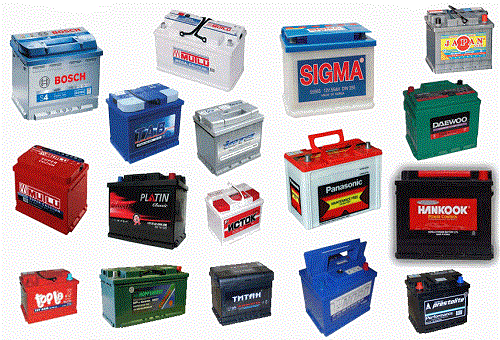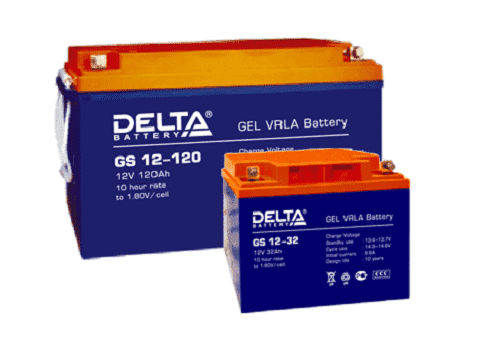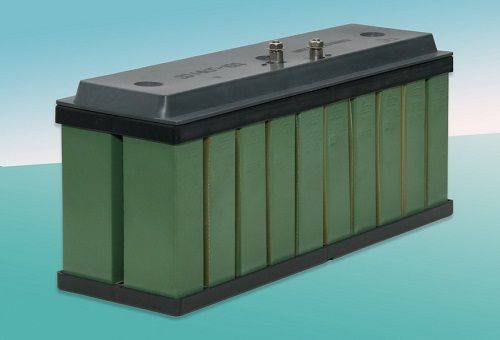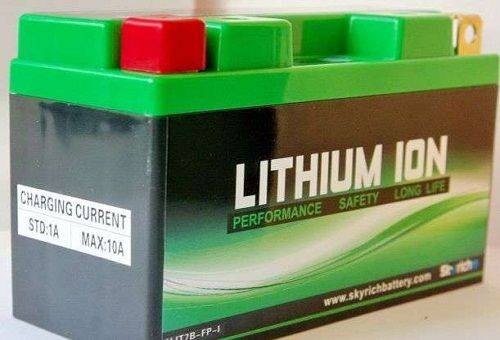Methods for storing different types of batteries
Any batteries have a certain service life, which directly depends on how they are used. During certain periods (usually in winter) they may not be used at all, and then their functionality can be maintained if the owner knows how to store batteries. There are several types of rechargeable batteries (lead-acid, lithium-ion, nickel-cadmium), differing in design and chemical components. Accordingly, the methods of storing them are also somewhat different.

Lead acid batteries
Hearing the name of this type of battery, people immediately remember the car battery, as well as those used on motorcycles or boat engines. In industrial environments, such batteries are usually stored without electrolyte. In this case, their shelf life is three years (dry charged - only 1 year). They can withstand temperatures from minus 30 to plus 40 degrees without damage.
But car owners deal with batteries that are filled with electrolyte. To maintain the functionality of such a battery for a long time, it is necessary to monitor its condition and properly store it during the winter.
In the warm season, when the car is actively used, the battery does not experience overload and is always fully charged. The car owner needs to periodically check the electrolyte level in the banks, as it gradually evaporates.If necessary, you need to add distilled water (since mostly water evaporates, and the acid remains in solution).
Storing lead-acid batteries in winter
In winter the situation changes. Many owners use the car much less often, and some put it in the garage or parking lot during the entire cold period. In this case, only knowing how to store the battery in frosty weather can ensure its performance.
Acid batteries do not tolerate low temperatures well. Therefore, it is better to store them for long-term storage in places where this indicator does not drop below zero in winter, for example, in a cellar or on an insulated balcony. Before storing a car battery, you need to check the electrolyte level in the banks - all plates must be closed.

Lead acid battery
After this, it must be charged, since a lead-acid battery should only be stored fully charged.The terminals should be protected from corrosion by lubricating them with lithol. The battery should be installed on a horizontal surface and covered from dust. If it is not used for a long period, then it must be charged once a month.
If you constantly travel in winter, then the battery is usually not removed from the car. But it should be remembered that in the cold, even an unconnected battery discharges faster, which means the density of the electrolyte decreases. If it is not recharged in time, the electrolyte may freeze and destroy the plates or battery case.
Therefore, the battery should be insulated and ensure that it is always fully charged. And during long breaks between trips, it is better to remove it from the car and bring it into a warm place.

Insulated battery
Under no circumstances during storage should you:
- Drain the electrolyte from the battery. This will not only not help preserve it in winter, but, on the contrary, will completely disable it.
- Try to increase the density of the electrolyte by adding acid to the jars. This will not give a positive result, but it may well damage the battery irrevocably.
- Store the battery near heating devices, as well as at temperatures exceeding plus 30 degrees.
- Do not store lead-acid batteries next to alkaline ones.
- Leave unloaded for a long time.
Closed lead-acid batteries, which appeared in Russia in the 90s, are used mainly as backup power sources for communication equipment, security and fire alarms and video surveillance. They use a gel instead of an electrolyte. They are hermetically sealed, which means the gel does not dry out. These batteries are constantly kept indoors, so the question “how to store them correctly” does not arise.
Storing other types of batteries
A number of devices and tools powered by various types of batteries are not constantly used at home. Thus, the battery of a screwdriver, drill or electric screwdriver at home can be used only a few times a year. Therefore, it is worth understanding how to properly store such batteries and how long they can remain unused.
Self-contained power tools have become widespread with the advent of nickel-cadmium batteries. They are capable of ensuring long-term use of a screwdriver or camera, withstanding 3,500 thousand charge-discharge cycles.If a car (lead-acid) battery must be fully charged during storage, then a nickel battery, on the contrary, must be partially (about 60%) discharged.

Nickel-cadmium battery
It is not always possible to accurately measure the charge level, so it is easier and better to completely discharge the batteries and then recharge them a little. It is better to store such batteries at room temperature in a dry place. In winter, they should not be left in unheated rooms. It’s better to remove it from a screwdriver or drill so as not to take up much space and take it home.
Currently, more modern lithium-ion batteries have appeared, the cost of which is much higher than that of nickel-cadmium batteries, but they have a number of advantages:
- High capacity.
- As a result - less weight and dimensions.
- Requires less time to charge.
- They do not have a charge memory effect.
Such batteries are mainly used on phones and tablets. They are still rarely used for power tools due to their high price. Not every person will agree to pay an amount for a battery that is comparable to the cost of the purchased screwdriver.
Lithium-ion batteries cannot withstand either a full charge or a zero charge when stored for a long time. At the same time, partially discharged (up to 30-50%) such a battery can be safely stored at room temperature for up to a year. If lithium-ion batteries are fully charged, their capacity will decrease significantly after a long period of inactivity. And a battery left in a drawer or on a shelf for several months with zero charge will most likely have to be thrown away.

Li-ion battery
Lithium-ion batteries cannot withstand both high and low temperatures.If you accidentally leave a camera, tablet or screwdriver in a garage or car for a long time in winter, the battery may become unusable. The recommended shelf life of a lithium-ion battery between charges is approximately 90 days.
You can significantly increase the life of a lithium-ion battery if you use it correctly. It should be noted that it is better to charge such a battery without waiting for it to become completely discharged. When fully charged and discharged, such batteries can withstand about 600 cycles. And if recharging is carried out with a residual charge of 10-15%, then the number of cycles increases to 1700. But on devices where recharging is performed without removing lithium-ion batteries (phones, tablets, players), it is advisable to completely discharge them once every three to four months . This is necessary so that the minimum and maximum charge values on the device controller are reset to zero.
After long-term storage of batteries of any type, in order to fully restore their capacity, it is necessary to carry out several charge-discharge cycles. Under no circumstances should batteries be discharged through a short circuit!